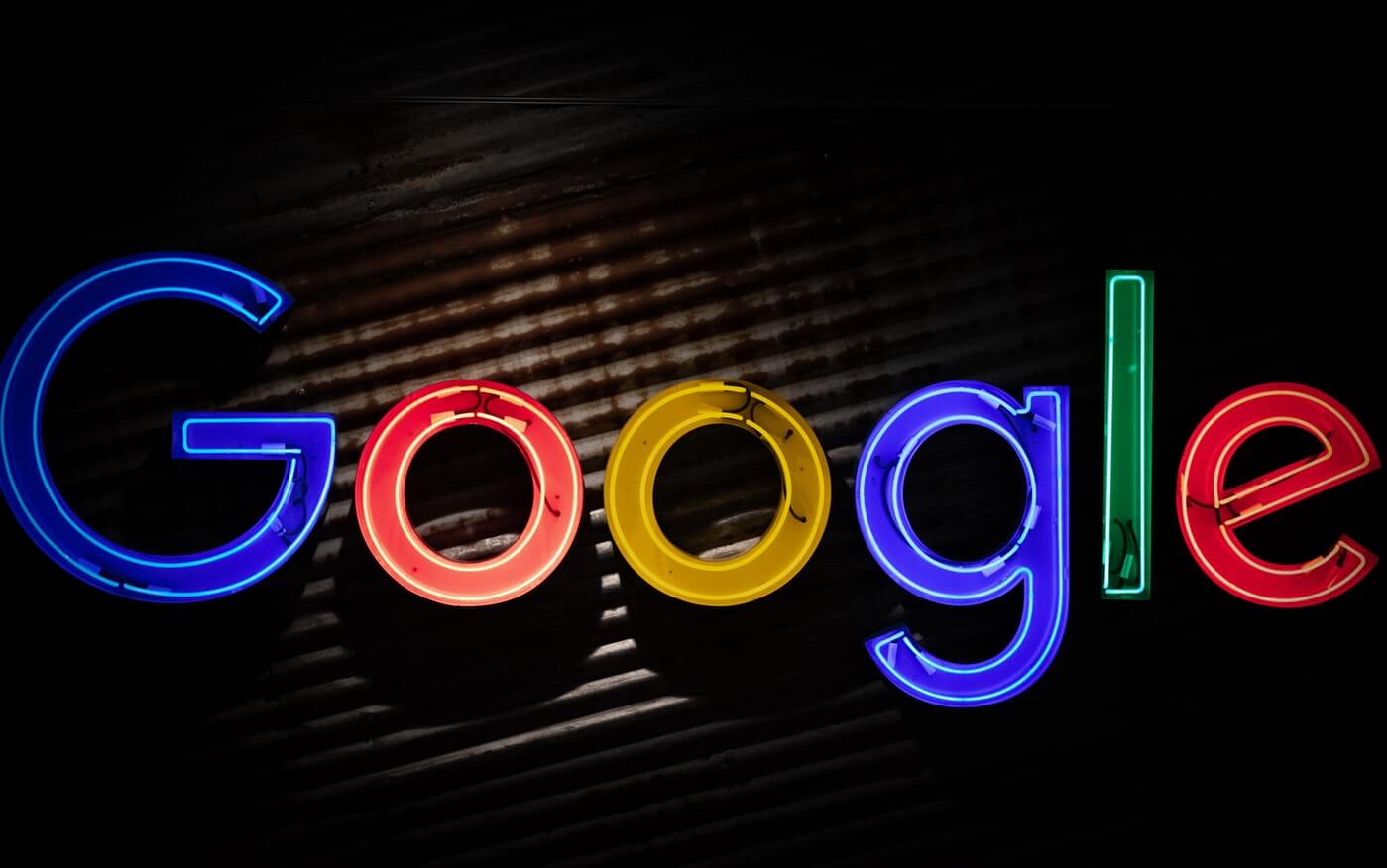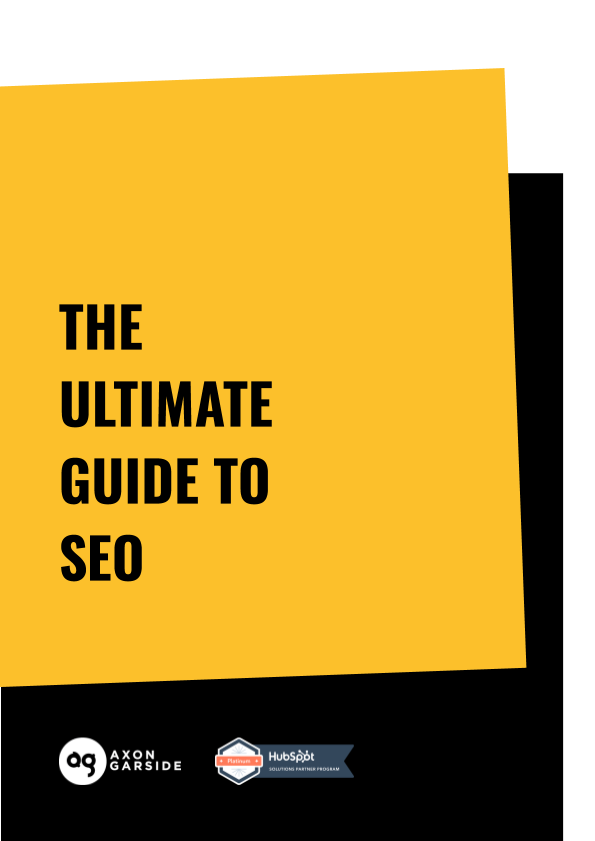Google Announces Core Algorithm Update
Google has confirmed that it has rolled out a core algorithm update. Find out what we know so far about it and what it means for inbound marketing.

Google has confirmed that it has started to roll out its third core algorithm update in the year 2020. The most recent core update began on the 3rd of December 2020. Broadly speaking, what Google’s core algorithms updates involve are changes to the search visibility of websites on the search engine results pages (SERPs). Unlike Google’s daily algorithm updates, the broad core update has a greater impact on the website’s rankings. The core updates aim to improve the search experience for the users by identifying more relevant, useful and trustworthy content present on the websites.
Here is what we know so far...
Later today, we are releasing a broad core algorithm update, as we do several times per year. It is called the December 2020 Core Update. Our guidance about such updates remains as we’ve covered before. Please see this blog post for more about that:https://t.co/e5ZQUAlt0G
— Google SearchLiaison (@searchliaison) December 3, 2020
December 2020 Core Algorithm Update
What stands out about this update is the time between this one and the last one which rolled out on 4th of May 2020. Traditionally, Google used to release core algorithm updates every few months, but more recently there are speculations that the global pandemic has taken its toll on the speed of the roll outs of Google’s core algorithm updates.
As of today, we won’t know the full impact of the core algorithm update as the roll out process can take between one to two weeks, as confirmed by Google on Twitter. Once the roll out is complete we will expect Google to publish another update on their Twitter page. So, we will keep you posted with more information here at Axon Garside.
What Does the Core Update Mean for Inbound Marketing
Google’s advice is to focus on ensuring that your website content is the best it can be and that you are offering the most relevant information possible to answer your audience’s queries. Google’s algorithms seek to reward great content. Good practice of inbound marketing is that it focuses on attracting customers by creating valuable content and experiences tailored to them. We have put together a handy guide to content marketing. This is a starting point to mastering your skills of great B2B content marketing. You can download the guide here. Google’s algorithm aims to help people find high-quality content by reducing the rankings for lower-quality content. This confirms the theory that content is the key to good-ranking websites.
Content marketing and SEO go hand in hand in achieving search engine results for your website, which leads to attracting the right audience and ultimately generating high-quality leads for your business. Other important factors to remember when creating SEO-friendly content are search quality rater guidelines and E-A-T, which stands for Expertise – Authoritativeness – Trustworthiness. Search quality raters are essentially people at Google who provide insights about achieving great results for your website and offer guides about producing high-quality content ideal for achieving high rankings. It is worth noting that quality raters are not the people who decide upon your site’s rankings - Google’s algorithm does. E-A-T was a term coined in August 2018 by Google as part of their major algorithm update. It is essentially Google’s way of protecting searches from low-quality content appearing on the search results pages. Once again, strong and original content comes into play when covering aspects of website optimisation for Google-friendly results. This is why inbound marketing and speaking to an expert will assist your website to thrive even during the unpredictability of Google’s core algorithm update.

